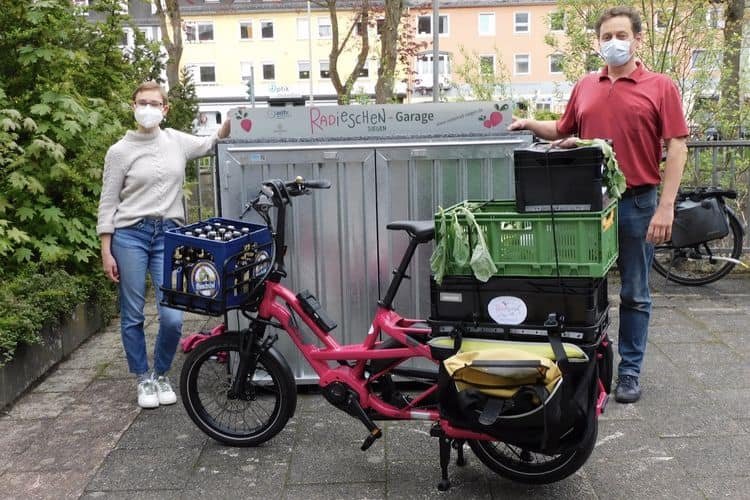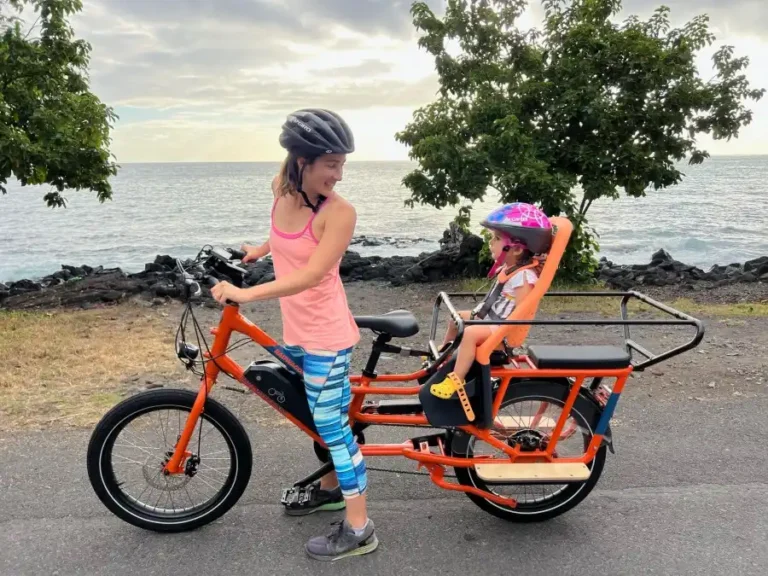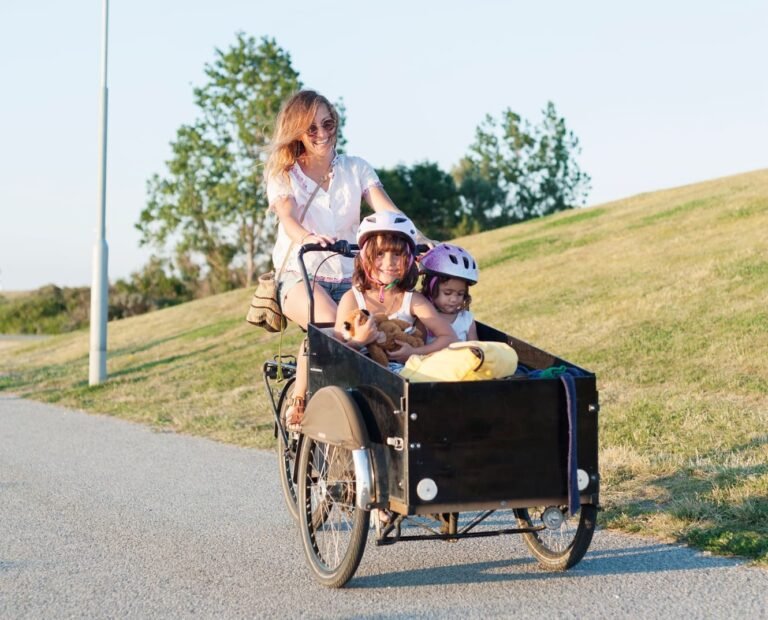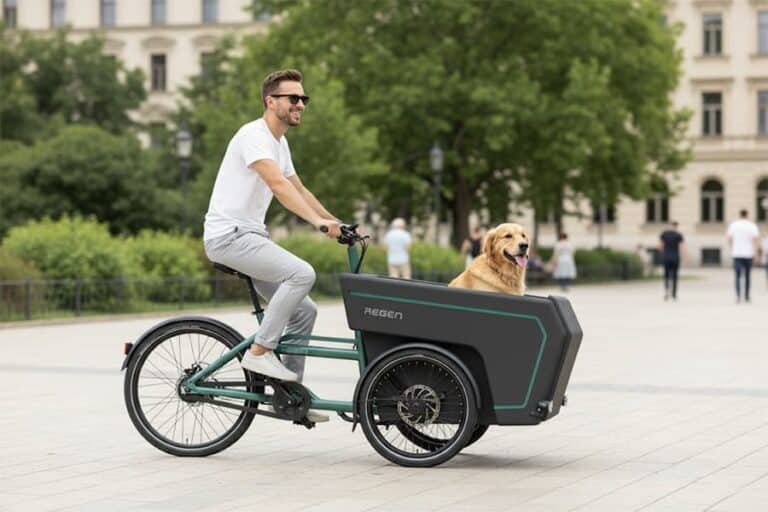How precise steering geometry makes front-loading cargo bikes safer and more manoeuvrable
At Regen, we don’t just design cargo bikes—we engineer them to meet real-world demands. One of the often-overlooked but critical aspects of a cargo bike’s performance is its steering mechanism, especially in three-wheeled front-loading designs. For a broader overview of different cargo bike steering layouts—including Long John linkage and cable steering—see our detailed Cargo Bike Steering Mechanisms Explained article.
Among the various steering geometries available, the Ackerman steering mechanism has become a preferred solution for many manufacturers and customers who prioritise safe turning, reduced tyre wear, and a natural riding feel.
In this article, we’ll walk you through what Ackerman steering is, how it applies to cargo bikes, and why it’s important from both an engineering and user-experience perspective. Whether you’re a client evaluating steering designs or a newcomer exploring family or commercial cargo bikes, this explainer will clarify how this mechanism works and what makes it different.
What Is Ackerman Steering in cargo bike steering system?
Ackerman steering is a geometric steering principle that ensures each front wheel of a vehicle turns at the correct angle during a corner. It’s named after German carriage builder Rudolph Ackermann, who patented the concept in 1817.As tricycles gained popularity in the late 19th century, and the Ackermann principle became a standard in the design of automobiles and other motor vehicles, its influence naturally spread.

It’s reasonable to infer that the integration of Ackermann steering principles into cargo bike design evolved incrementally with advancements in both bicycle and multi-wheeled vehicle technology. To optimize steering efficiency and stability, especially when carrying heavy loads, designers likely adopted and adapted these established steering concepts as cargo bikes became more specialized and sophisticated.
In essence, when a vehicle turns, each front wheel follows a different circular path. The inside wheel (closer to the turn) traces a tighter radius than the outside wheel. The Ackerman geometry ensures the wheels are aligned to these respective paths, thereby reducing tyre scrub (sideways dragging of wheels) and improving cornering efficiency.
Visualisation: Ackerman Geometry in Action
Imagine looking down at a vehicle turning left:
- The rear axle serves as a pivot baseline.
- The steering arms of each wheel are angled so that if you extended imaginary lines from each front wheel, they’d intersect at the center of the turning circle.
📌 Key Point: In an Ackerman setup, the steering linkage geometry is such that the wheels always point towards the centre of the turning circle, improving corner tracking.
Why Steering Geometry Matters in Cargo Bike
Cargo bikes, especially front-loading trikes (often called box bikes or bakfiets), present a unique steering challenge, which is further influenced by the frame geometry and overall layout. If you’re evaluating different cargo bike designs, our guide to cargo bike frame geometry breaks down how turning radius, load handling, and rider comfort are affected by structural design.
- They’re longer and heavier than standard bikes.
- They carry substantial loads in front, changing the weight distribution.
- They often need to make tight turns in urban areas.
Without proper steering geometry, these factors can lead to:
- Poor turning efficiency
- Increased wear on tyres and front linkage components
- Dangerous tipping moments due to improper load distribution during turns
That’s where Ackerman steering offers clear advantages.
How Ackerman Steering Is Applied to Cargo Trikes
In a typical two-front-wheel cargo trike, Ackerman steering is implemented by designing the steering arms and linkage tie rods in such a way that both wheels pivot at slightly different angles when turning. This requires careful placement of:
- Kingpins (steering pivots)
- Steering arms, which connect to the wheels and determine how much they turn
- Tie rods, which synchronise the movement of both wheels from a single steering input
Ackerman Geometry Setup on a Cargo Trike
Here’s what’s usually involved:
| Component | Ackerman-Optimised Design Consideration |
|---|---|
| Kingpin location | Slightly inboard and behind the axle line |
| Steering arms angle | Not parallel, but angled to intersect with the rear axle line |
| Tie rod attachment | Positioned to ensure correct inner/outer wheel angle ratio |
If designed correctly, the cargo trike’s front wheels will mimic the steering behaviour of an automobile: smooth, precise, and responsive.
🛠️ At Regen, our engineering team carefully models the steering angles in CAD and verifies them through real-world road testing, especially under load.
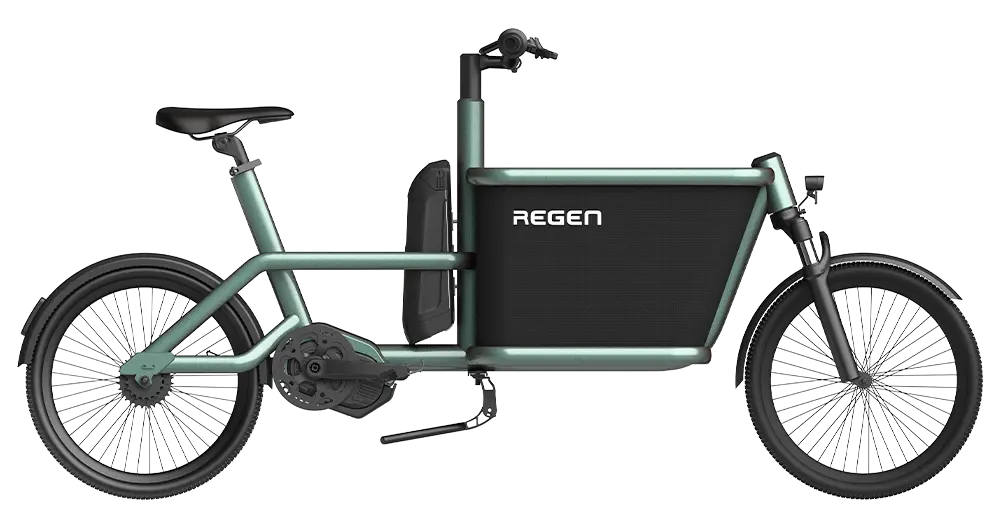
Regen 02 E-Cargo Bike
Look for a Compact, Customisable Front-Loader for Your Brand?
TÜV-tested through past custom projects. Publicly available model—configurable, proven, and ready to scale.
Comparison with Other Steering Types
| Steering Type | Key Characteristics | Pros | Cons |
|---|---|---|---|
| Ackerman Steering | Inner/outer wheels turn at different angles | Reduced tyre scrub, smoother turns | Slightly more complex to design and tune |
| Parallel Steering | Both wheels turn equally | Simple to implement | Poor turning efficiency, tyre wear |
| Tilt Steering (Tilting Trike) | Entire front assembly tilts during turns | Feels like a two-wheeler, sporty | Requires more rider skill, complex frame |
| Linkage Steering with Center Pivot | Common in cheaper trikes | Low-cost, easy setup | Reduced precision, harder to steer under load |
In professional use cases—such as urban delivery, family transport, and municipal fleets—Ackerman steering tends to outperform basic alternatives in terms of durability, comfort, and control.
Practical Benefits of Ackerman Steering for Cargo Bike Riders
1. Reduced Tyre Wear
Because each front wheel turns at an optimal angle, there’s less sideways force during cornering, leading to lower friction and longer tyre life.
2. More Predictable Turning Behaviour
The bike feels stable and tracks naturally through a turn, even when heavily loaded—a must for safety.
3. Lower Steering Effort
Since the wheels aren’t fighting against tyre scrub, the rider feels less resistance, especially during slow manoeuvres like parking or tight U-turns.
4. Load Stability
By reducing abrupt directional changes or skidding in tight corners, the mechanism helps maintain the centre of gravity, avoiding tip-over situations.
📦 This becomes particularly valuable in delivery or child transport scenarios—where safety and stability are critical.
Engineering Trade-Offs and Considerations
While Ackerman steering offers clear benefits, its implementation isn’t without challenges:
- Space Constraints: Front cargo boxes must allow enough room for tie rods and steering arms.
- Custom Geometry: Each cargo trike model (wheelbase, track width, box size) requires its own optimised Ackerman setup.
- Manufacturing Precision: Small deviations in pivot angles or linkage length can lead to ineffective geometry.
That’s why at Regen, we never copy-paste steering geometries across models. Each of our front-loading trikes undergoes dedicated steering optimisation, from frame jigging to on-road testing.
Application Example: Regen Model RS01
In our Regen RS01 cargo trike, which is designed for last-mile delivery and family commuting, we use a custom-engineered Ackerman steering system:
- The kingpin offset is precisely calculated for the model’s track width (710 mm) and wheelbase (1270 mm)
- Steering arms are laser-cut with a compound angle to match the rear axle intersection
- Adjustable tie rod end links allow micro-tuning during test rides
In customer testing, RS01 demonstrated a 30% tighter turning radius than our previous model using parallel steering, and tyre wear over 6 months of urban use was reduced by 27%.
This directly translates to:
- Lower maintenance costs
- Fewer complaints about difficult cornering
- Greater rider confidence
How to Evaluate Whether Ackerman Steering Is Used
If you’re evaluating OEM/ODM cargo bikes and want to know whether a brand uses proper Ackerman geometry, look for:
- Offset steering arms (not parallel to the wheel axle)
- A tie rod positioned in a slight triangle, not a straight line
- Mention of steering optimisation or geometry in technical specs
🧪 You can also do a visual check: Turn the handlebars and watch if the inner wheel turns more sharply than the outer one—a hallmark of Ackerman geometry.
Looking Ahead: Custom Steering Solutions in Regen’s Design Process
As the cargo bike industry expands into new areas like food delivery, mobile vending, and corporate logistics, one-size-fits-all steering systems simply don’t work.
At Regen, we treat steering geometry as a mission-critical feature, not an afterthought. For every custom frame or box size, our design workflow includes:
- CAD-based Ackerman simulation
- Dynamic load testing under real cargo conditions
- Multi-angle joint tolerance verification
In more complex cases, we also integrate modular steering dampers to further control wobble at high speeds or off-camber surfaces—especially for e-assist trikes with hub motors or mid-drives.
👉 You can explore more about our front cargo bike frame geometry principles in our Cargo Bike Frame Design Guide.
Summary
Ackerman steering geometry is not just a legacy concept from carriages and race cars—it plays a crucial role in making modern cargo trikes safer, smoother, and more durable. Whether you’re transporting parcels or people, a properly tuned Ackerman system significantly improves cornering stability, rider comfort, and long-term operational cost.
At Regen, our commitment to engineering precision means every turn you take is one we’ve already tested, measured, and optimised for real-world riding.
📩 Interested in custom cargo bike geometry for your brand or fleet? Contact our team for a consultation—we’re happy to provide CAD drawings, test ride opportunities, and engineering support.
Reference List
- Gillespie, T. D. (1992). Fundamentals of Vehicle Dynamics. SAE International.
- Ackermann, R. (1817). Specification for steering system patent. German Patent Office.
- Cargobike Magazine (2024). Comparative Review of Trike Steering Mechanisms. Issue 18.
- Regen Internal Testing Report RS01-Ackerman vs Parallel Steering (2024).
- International Standard ISO 4210-9:2015 – Cycles – Safety requirements for bicycles – Part 9: Saddles and steering components.
Let me know if you’d like a labelled diagram of Ackerman geometry in a Regen cargo trike—we can illustrate how angles and linkages are optimised.

